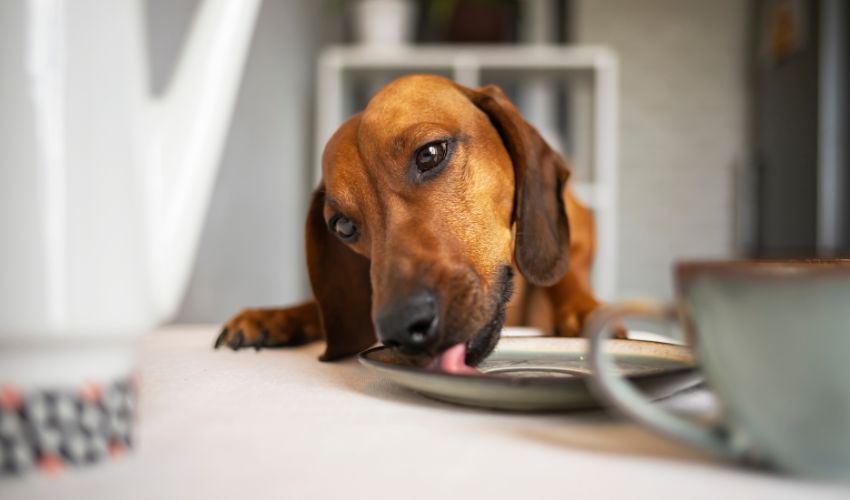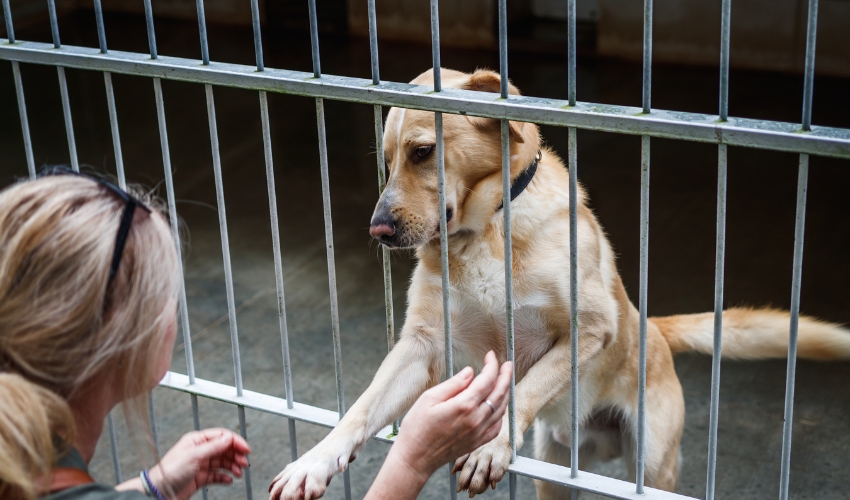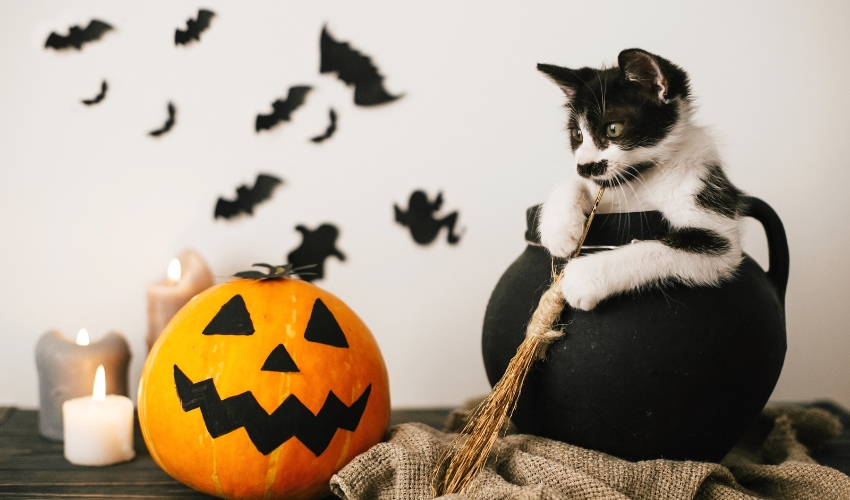
Infected dogs, as well as those that have just recently recovered, shed Parvo through their feces, urine, saliva, and vomit. And while you probably already know that uninfected dogs can pick up the virus by coming into contact with either of those, there are several other ways that they can do so.
Parvo is basically everywhere, so an unvaccinated pup or immunocompromised adult dog doesn’t necessarily have to touch infected body fluids to fall victim to it. Read on to find out 6 other ways your dog can catch Parvo!
Dog-to-Dog Contact
Parvo is highly contagious, so we already know that infected dogs can pass it to uninfected ones simply by coming into contact with them. That’s why it’s very important for dogs with Parvo to be quarantined, especially in animal shelters and multi-dog households. But here’s the kicker: dogs that don’t have Parvo can also spread the virus.

How does this happen? Well, it all goes back to the viral disease’s main mode of transmission: feces, urine, saliva, and vomit. A dog that has been vaccinated against Parvo can come into contact those fluids (or anything contaminated by them), pick up the virus, and spread it to other locations or animals without getting sick themselves.
Human-to-Dog Contact
While Parvo can only infect dogs, they’re definitely not the only ones that can be carriers of the virus—we humans can, too. Everything, from our hands and shirts to our pants and shoes, can serve as a vehicle for Parvo and a way for it to contaminate the environment or worse, our home.

If your dog is unvaccinated or immunocompromised (unwell, has an autoimmune disease, etc.), it’s crucial to always wash your hands thoroughly and change out of the clothes and shoes wore outdoors before you handle them. This will not only prevent you from giving them Parvo, but also other contagious diseases, like Distemper.
Contact with Contaminated Surfaces and Equipment
Aside from dogs and humans, Parvo can also stick to surfaces and equipment that an infected dog has pooped, urinated, salivated, or vomited on. Animals or people that have unknowingly picked up the virus can bring about contamination, too.

That’s why it’s strongly encouraged that multi-pet households keep infected or recovering dogs in an area that’s inaccessible to other animals. The Canine Parvovirus, in particular, may not be able to infect vaccinated dogs or other species of animals, but those that pick it up can serve as carriers, contaminate other locations, or pass the infection to unprotected dogs.
By Drinking from Puddles and Public Water Bowls
Yep, Parvo can survive in stagnant water, too! Since infected dogs shed it in their saliva, they can contaminate water by drinking from it. However, when it comes to standing water, Parvo isn’t the only thing you need to worry about.

Puddles, public water bowls, and other stagnant water sources are potentially crawling with disease-causing pathogens, such as leptospirosis, giardia, and parasitic worms. For your dog’s safety and your peace of mind, always carry a portable pet water bottle.
By Going to the Vet
You read that right—it’s possible for your dog to catch Parvo at the vet! Since it’s the first place where dog owners take their canine friends when they suspect a developing illness, it can be a risky place for an unprotected pooch.

While vaccinated dogs are mostly in the clear for this one, sick or unvaccinated ones aren’t. So if your pup hasn’t completed their Parvo shots yet or is feeling unwell, make sure to carry them or keep them inside a pet carrier instead of allowing them to walk on the floor while you’re at the vet.
By Visiting High-Traffic Areas
Aside from the vet, your dog can contract Parvo from other high-traffic areas, such as dog parks, human parks, boarding facilities, doggy daycare, and the groomers. If your dog is unprotected against Parvo, steer clear of these areas. You can learn about other high-traffic areas that you should avoid taking your unvaccinated dog to in this blog.

If your furry friend needs grooming, it’s better (and cheaper) to invest in at-home grooming tools and learn to do the grooming yourself. Plus, it’ll be a lot less stressful for your pooch if someone they trust is the one clipping their nails or trimming their fur.











